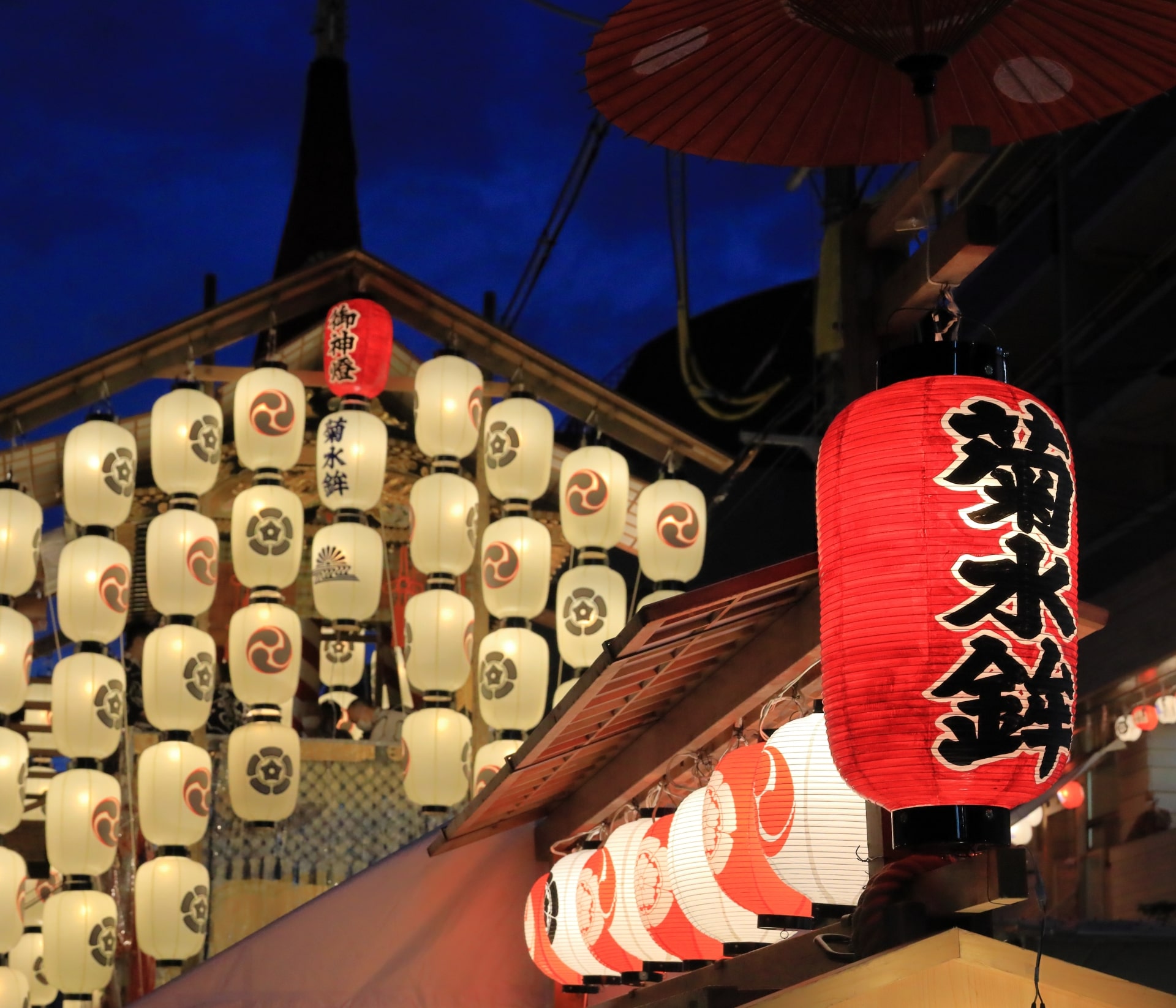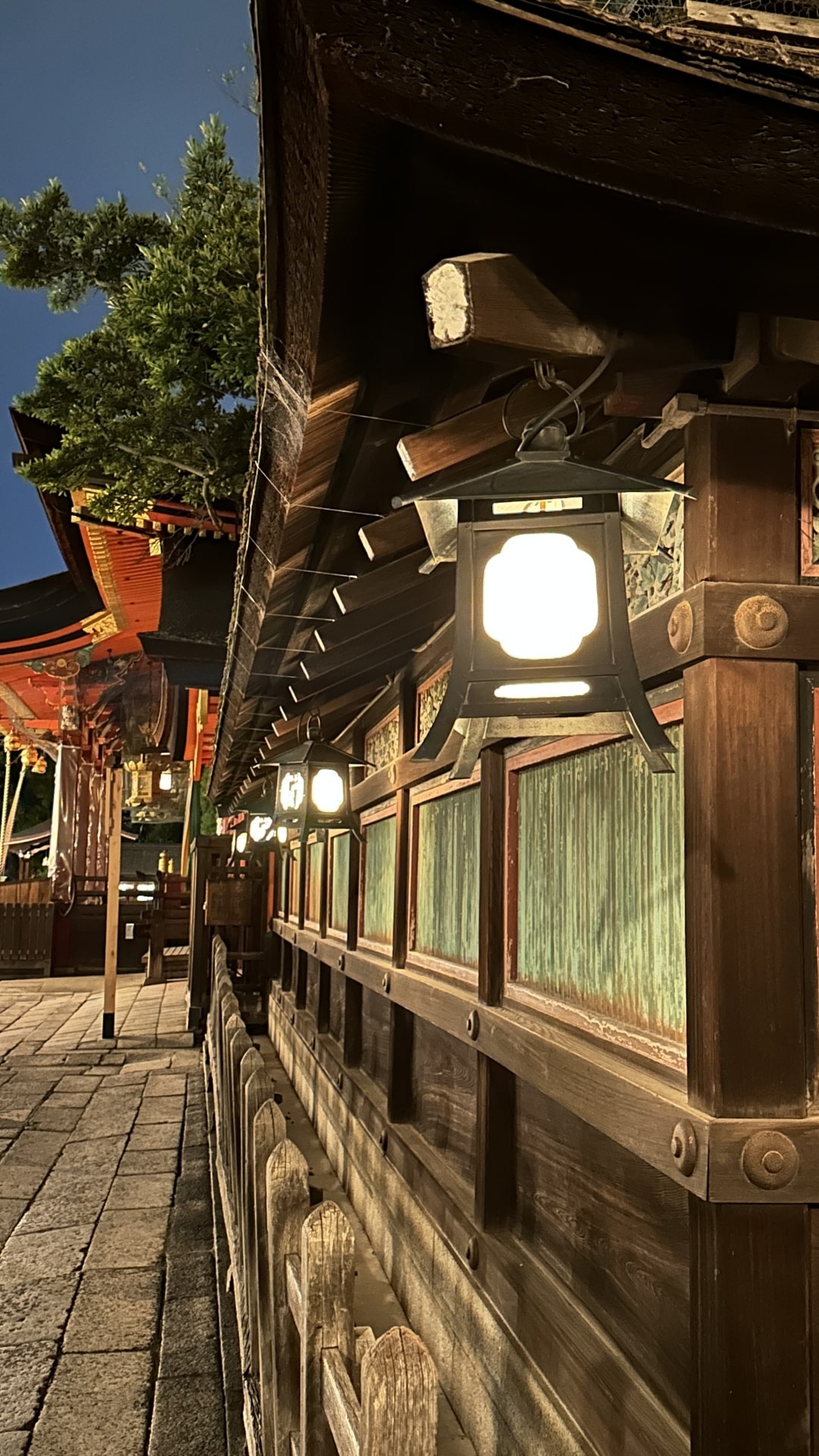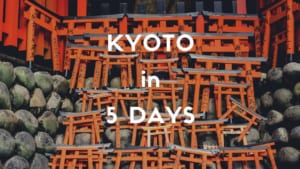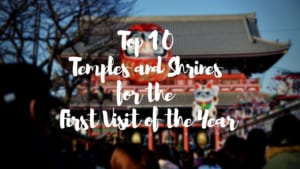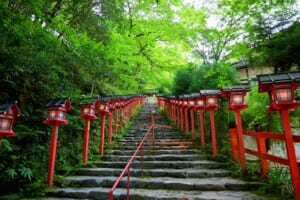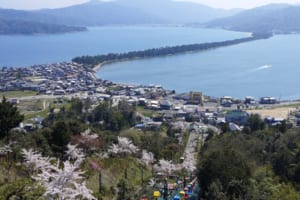Yasaka Shrine: The Spirit of Gion
Guide to Yasaka Shrine, Kyoto's Spiritual Gem
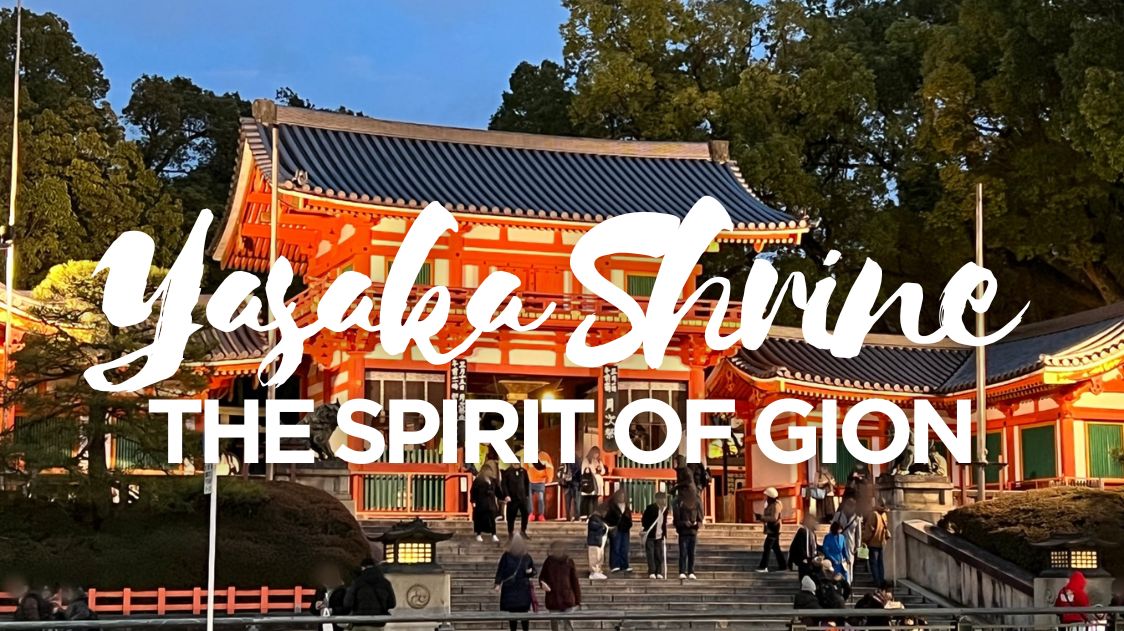
In the heart of Kyoto lies Yasaka Shrine, a cultural icon with a history stretching back to 656 AD. Originally known as Gion Shrine, this sacred site is dedicated to Susanoo-no-Mikoto, the Shinto god of storms. However, the name of Gion is still intrinsically related to Yasaka Shrine, as its fame comes precisely for its pivotal role in the annual Gion Matsuri, Kyoto’s biggest and one of Japan’s most renowned festivals.
The festival, which began as a ritual to ward off plagues, turns Kyoto into a hub of traditional parades, music, and the striking sight of portable shrines being carried through the streets each July. What better place to connect with the local history and folklore than Yasaka Shrine? Keep reading to find out all you need to know!
See also: 1 Day Itinerary in Higashiyama and Gion
What is Yasaka Shrine?
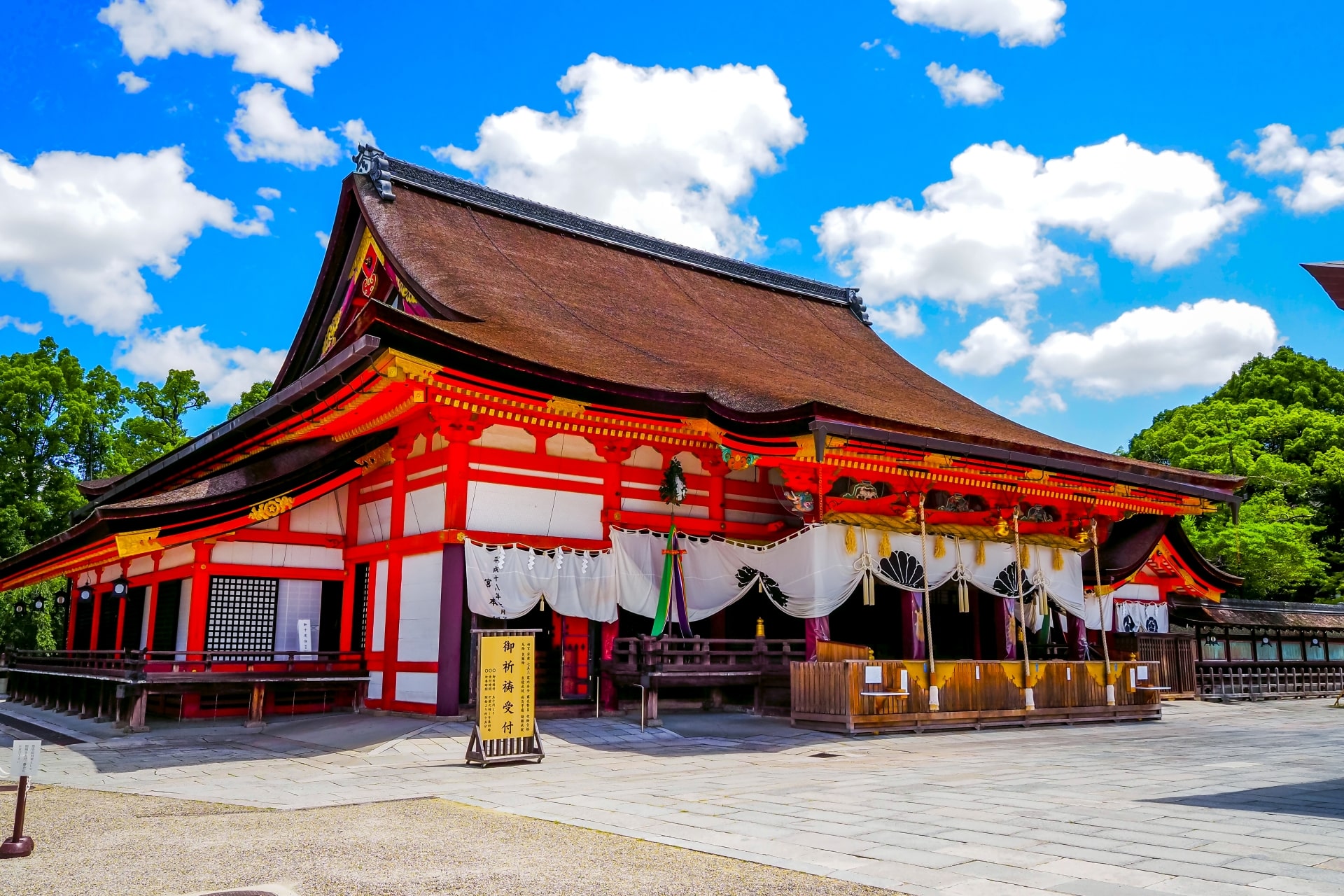
Because of its cultural and religious importance, linked to deities related to Japan’s mythological foundation, it has played a central role in Kyoto’s religious life, besides being particularly famous for its involvement in the aforementioned Gion Matsuri. The shrine complex features various structures, including the main hall (Honden), where the deities are enshrined.
Here you can explore numerous smaller shrines within the precincts, each with unique significance. Its striking vermilion gates and lantern-lined paths make it a must-visit destination for those seeking to experience Kyoto’s spiritual and cultural heritage, and its strategic location in the Gion district also makes it an excellent starting point for exploring nearby historical sites and attractions
What to See and Do at Yasaka Shrine?
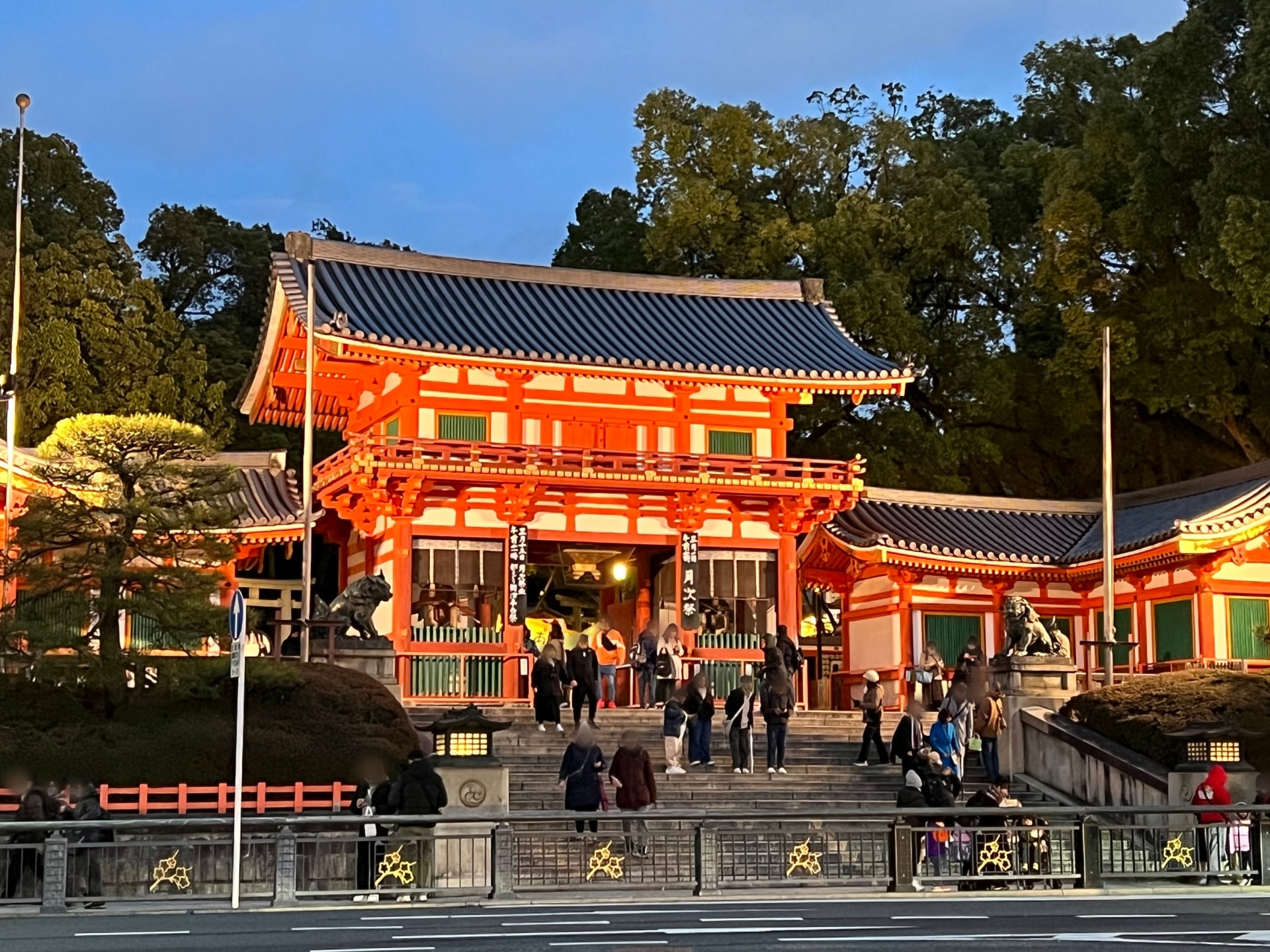
- Western Gate: The impressive Romon Gate is not really the main gate, but because it’s connected to one of the main streets in Kyoto, it’s the most famous entrance and a popular photo spot for visitors.
- Main Hall (Honden): The central structure where Susanoo-no-Mikoto and other deities are enshrined. The hall’s architecture is a prime example of traditional Shinto design.
- Gion Matsuri: This month-long festival in July is one of Japan’s most famous, featuring grand parades, traditional music, and the impressive Mikoshi-Togyo (procession of portable shrines). This event involves three portable shrines being carried through Kyoto, creating a spectacular sight.
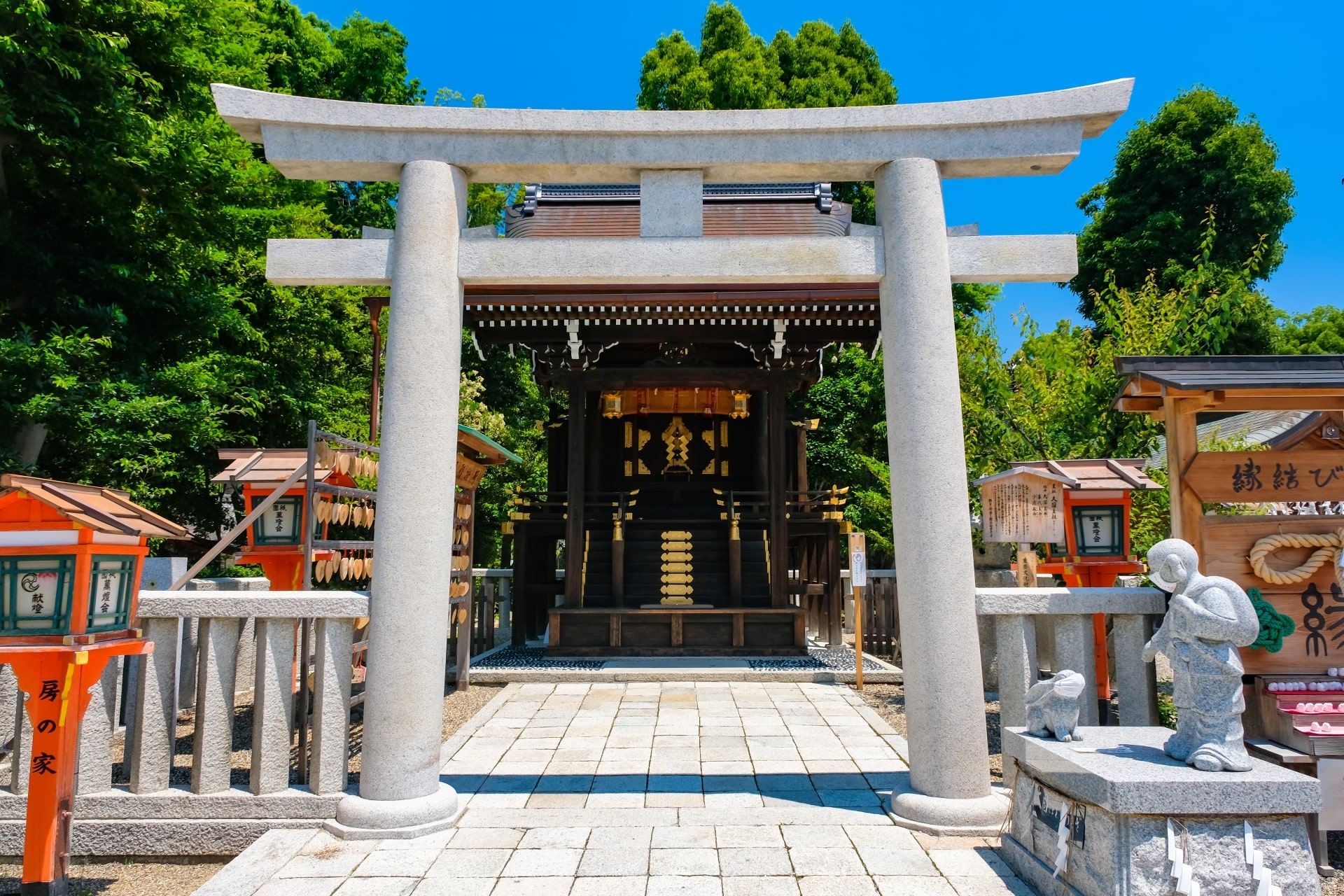
- Try your luck at your love life: The shrine enshrines the husband and wife gods Susanoo-no-Mikoto and Kushinadahime-no-Mikoto, who were said to have a very close relationship. Because of this, Yasaka Shrine is famous as a place to pray for love. The heart-shaped ema (wooden plaques) are quite popular among those who wish to improve their relationships or meet new people.
- Utsukushigozensha Shrine: This is a smaller shrine within the Yasaka Shrine complex, known for its beautiful cherry blossoms in spring and its tranquil atmosphere. It’s particularly famous among women as the deities enshrined here are related to health and physical beauty
- Maruyama Park: Located adjacent to Yasaka Shrine, this park is one of the most popular spots in Kyoto for cherry blossom viewing in spring. Its beautiful Japanese garden makes it a worthwhile place for a leisurely stroll and to enjoy nature in any season.
- Dance and Music Performances: Yasaka Shrine hosts various traditional performances throughout the year, like the Kagura, a form of Shinto theatrical dance and music performed during festivals.
- Yearly Events: Besides Gion Matsuri, Yasaka Shrine holds numerous other events, such as the Setsubun-sai in February, where beans are scattered to drive away evil spirits, and the Tanabata-sai in August, which features an exhibition of children’s drawings
How to Get to Yasaka Shrine
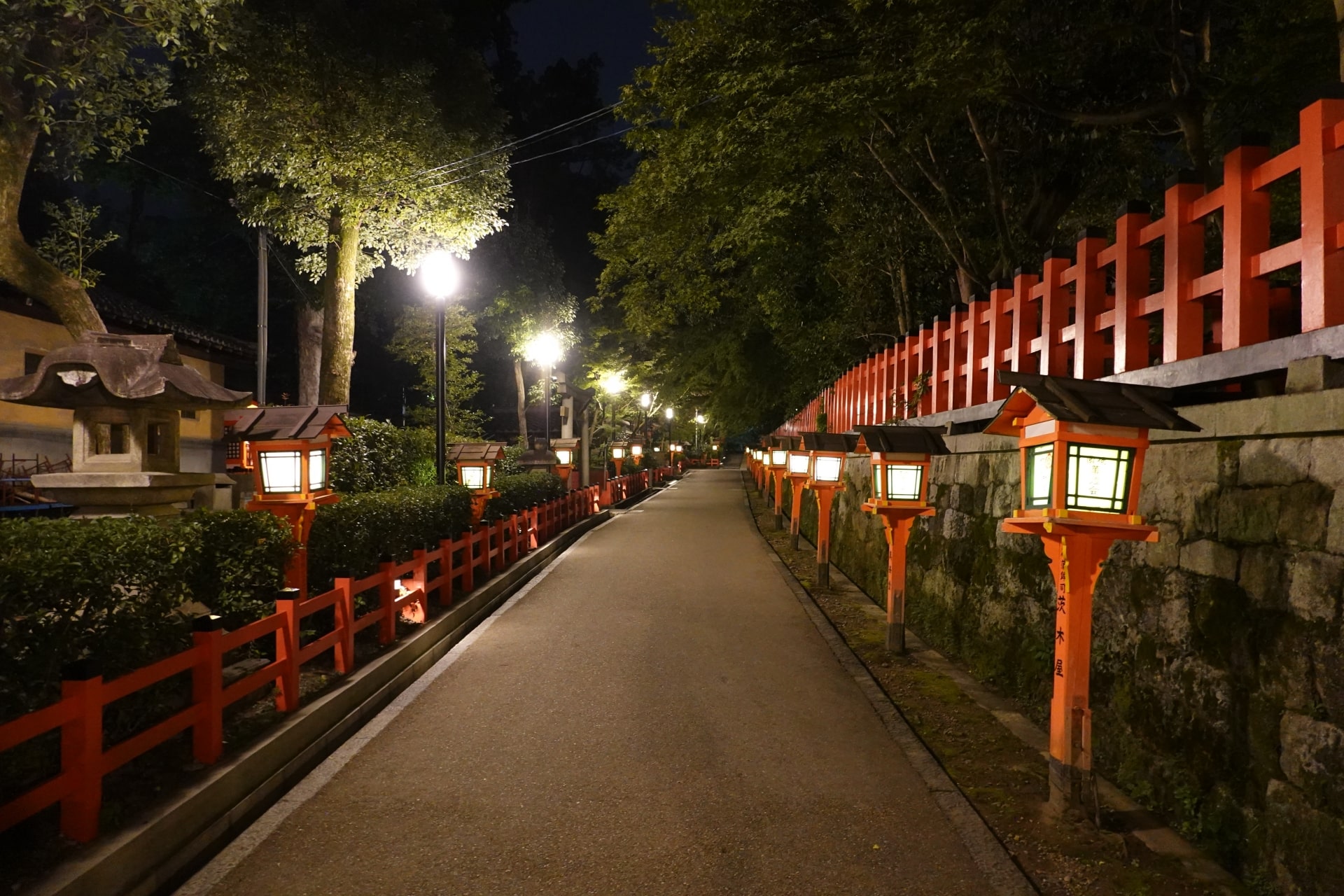
Tourist Attractions Near Yasaka Shrine
Yasaka Shrine’s prime location in Kyoto’s Gion district places it in close proximity to several other notable attractions. Here are some must-visit spots nearby:
1. Ninenzaka and Sannenzaka
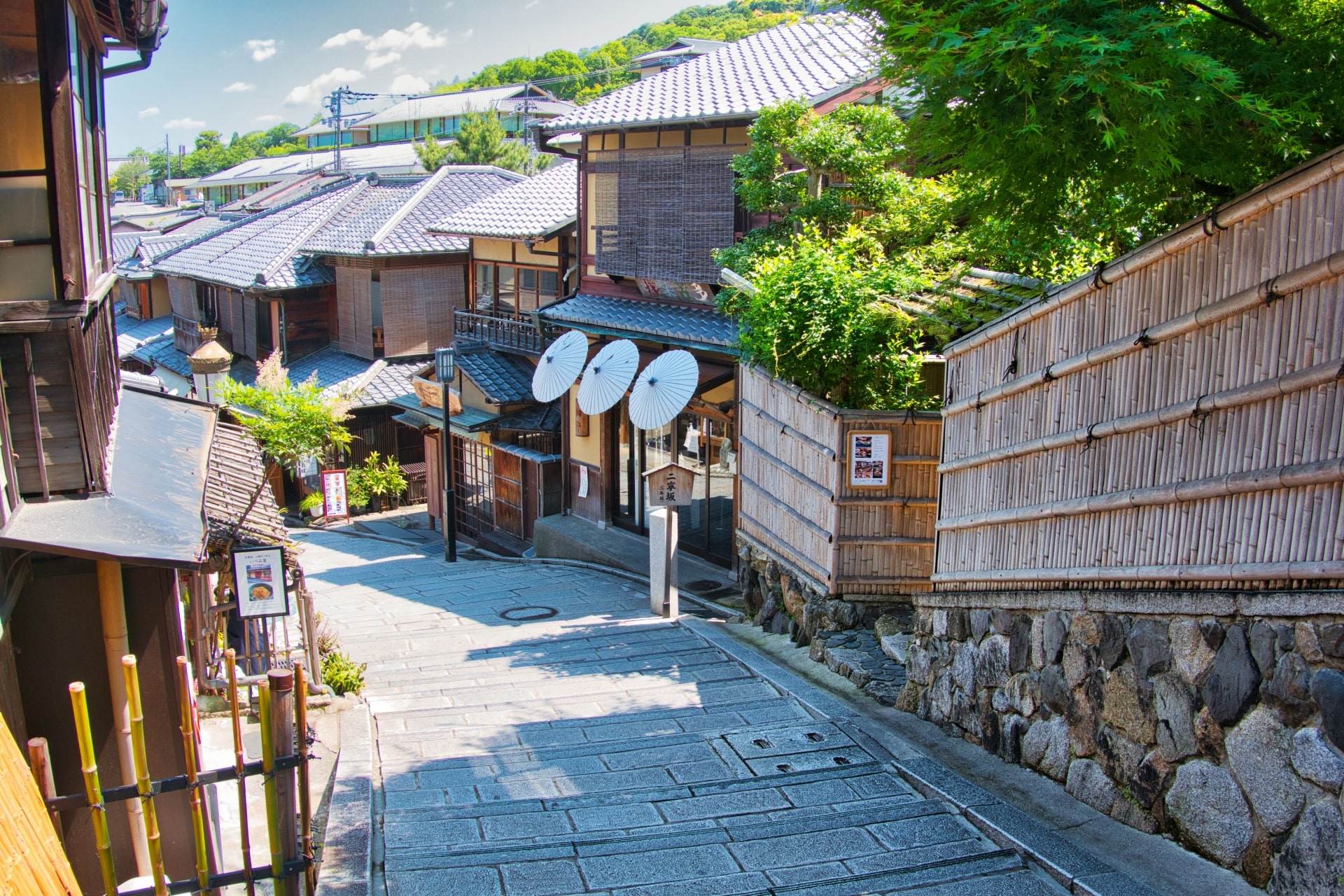
More info: Ninenzaka and Sannenzaka: Unspoiled Historical Alleys in Kyoto
2. Yasaka Pagoda
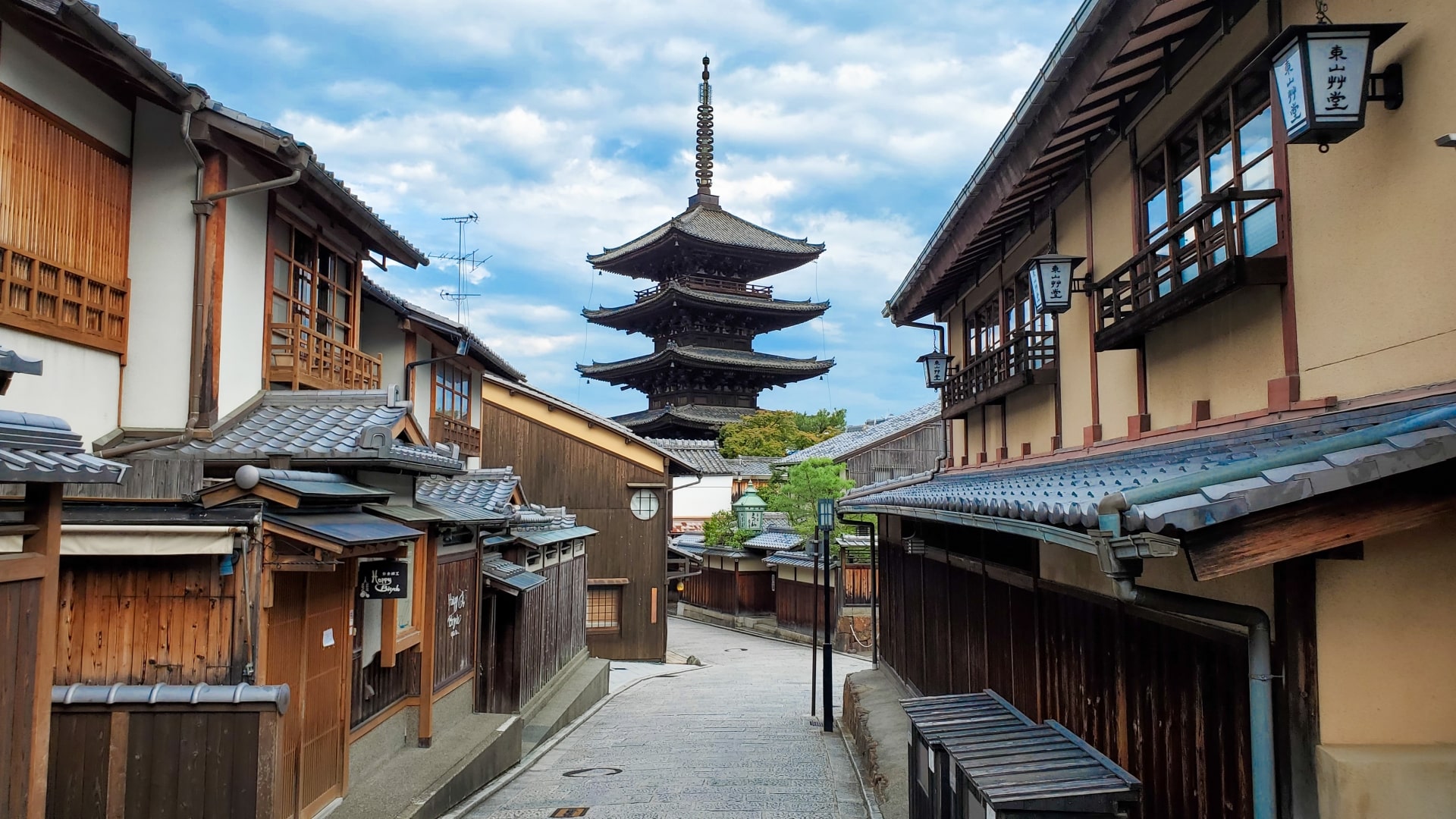
More info: Yasaka Pagoda: the Best Photo Spot in Higashiyama
3. Nanzenji
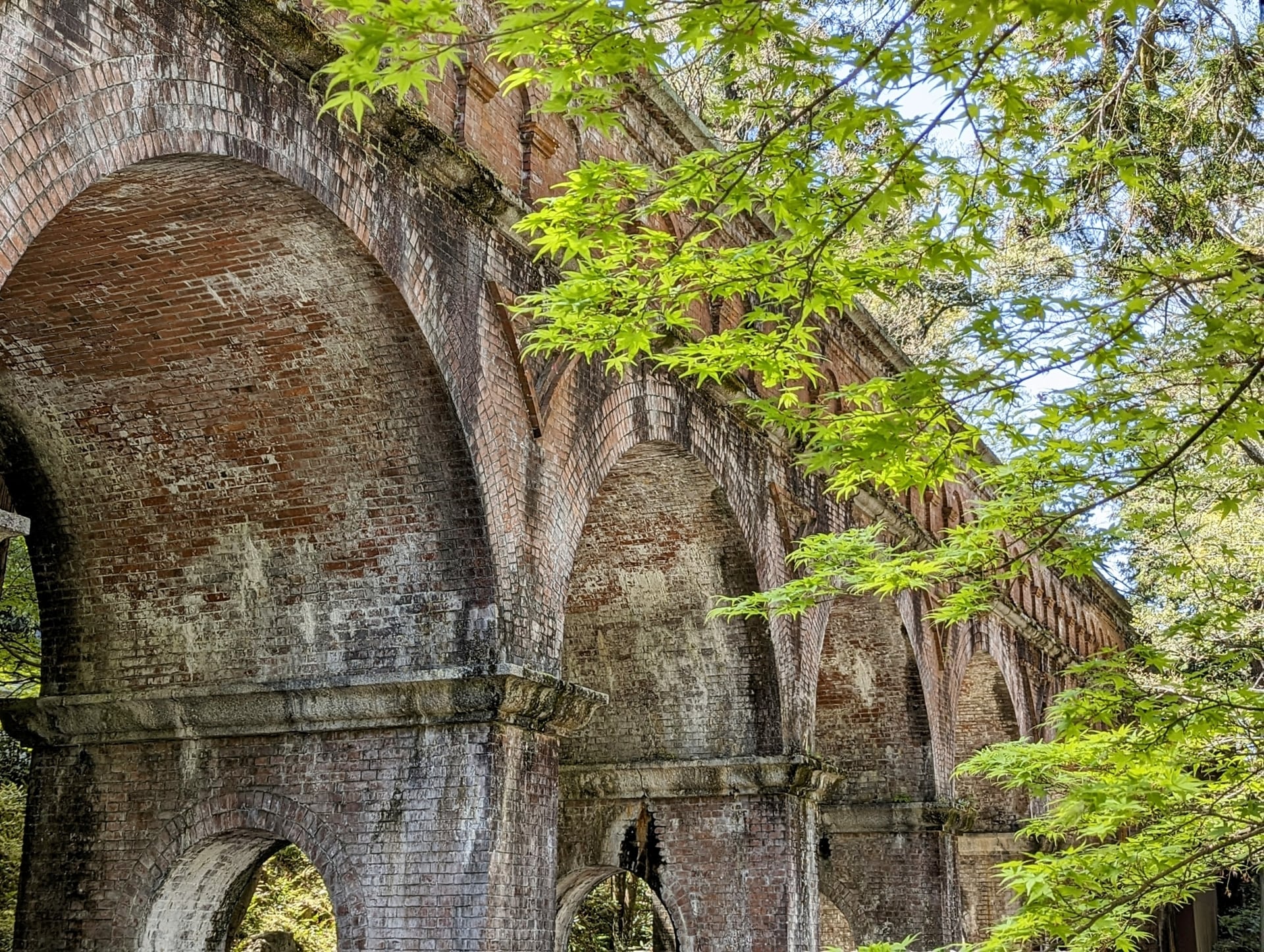
More info: Nanzenji Temple: Photo-Worthy Temple Complex in Kyoto
4. Kiyomizudera
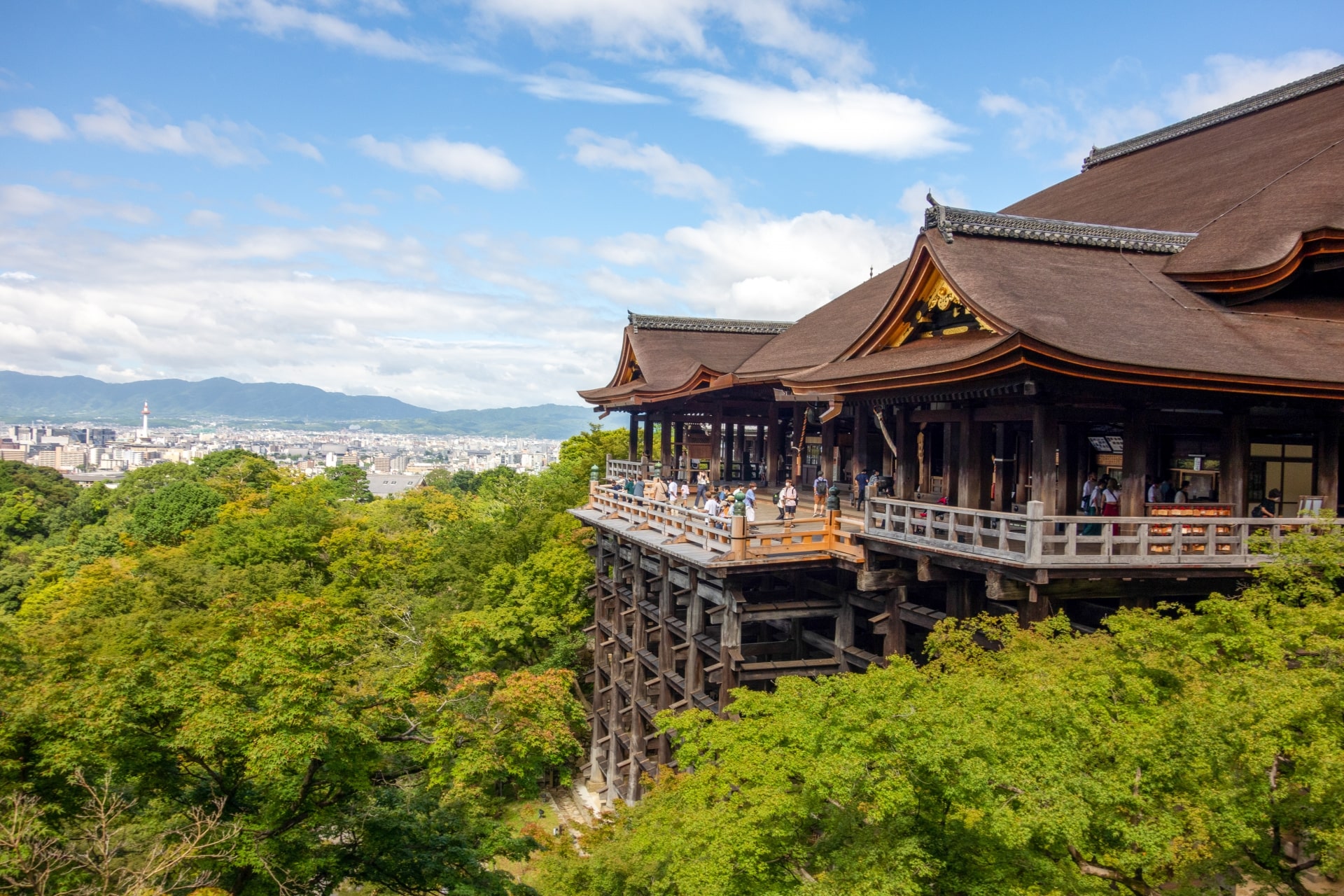
More info: Kyoto Kiyomizudera Temple: When is the Best Time to Visit?
▽Subscribe to our free news magazine!▽
For more information about landmarks and traveling in Japan, check these articles below, too!
▽Related Articles▽
▼Editor’s Picks▼
Written by
Photographer, journalist, and avid urban cyclist, making sense of Japan since 2017. I was born in Caracas and lived for 14 years in Barcelona before moving to Tokyo. Currently working towards my goal of visiting every prefecture in Japan, I hope to share with readers the everlasting joy of discovery and the neverending urge to keep exploring.





